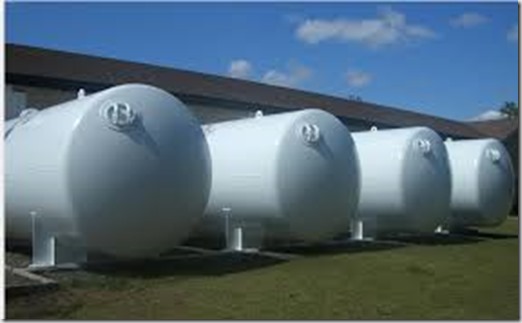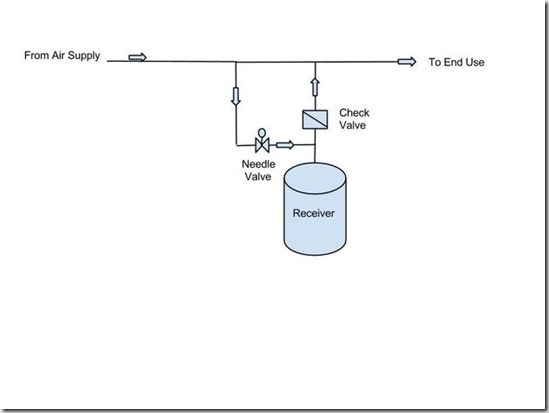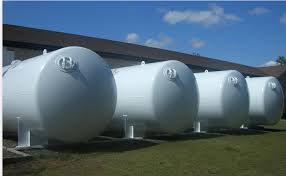There are frequent articles on the site touting the benefits of compressed air storage. We usually refer to large receiver tanks as the ones pictured above. This article will focus on the benefits of local storage or receivers located at or near the point of use where there are one of just a few intermittent high flow demands. I have found this technique to be extremely beneficial in bag house pulsing applications.
A correctly-sized storage receiver close to the point of the intermittent demand with a check valve and a metering valve can be an effective and lower cost alternative. For this type of storage strategy, a check valve and a tapered plug or needle valve are installed upstream of the receiver. The check valve will maintain receiver pressure at the maximum system pressure and only allow air to be consumed from the receiver when the system line pressure falls below the pressure of the receiver. The plug or needle valve will meter the flow of compressed air to “slow fill” the receiver during the interval between demand events. This will have the effect of reducing the large intermittent requirement into a much smaller average demand.





